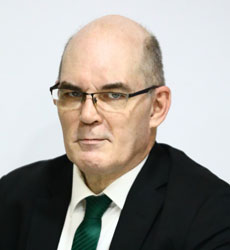DISTRIBUTION utilities (DUs) can save up to 40 percent on the cost of maintaining their local grids by promoting investment in what are called "non-wire alternatives," which include rooftop solar, community solar, and battery storage systems, along with "demand response" systems such as certain electric vehicle charging systems and interruptible load programs. So says an extremely complicated research paper entitled "Valuing Distributed Energy Resources for Non-wires Alternatives" from the University of Texas at Austin published last month in the journal Electric Power Systems Research.
Let me tell you something: If there is research on energy, or really any form of engineering, coming from the University of Texas, you can take that to the bank. Consider it scripture. UT was the home of legendary chemical engineer and my great-uncle John J. McKetta Jr. for over 70 years, during which time he authored something on the order of 400 papers and 80-odd books, including the "Encyclopedia of Chemical Processing and Design," which has 68 volumes. He also, at various times, served as an energy advisor to four US presidents, including a stint as chairman of the US National Energy Policy Committee, as well as a term as president of the American Institute of Chemical Engineers; he was also a member of the National Academy of Engineering, which is part of the National Academy of Sciences.
Continue reading with one of these options:
Ad-free access
P 80 per month
(billed annually at P 960)
- Unlimited ad-free access to website articles
- Limited offer: Subscribe today and get digital edition access for free (accessible with up to 3 devices)


